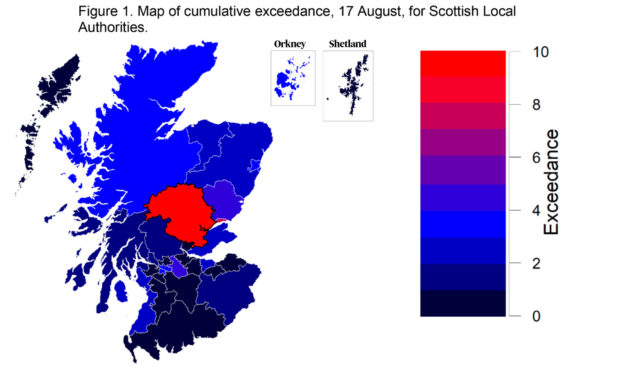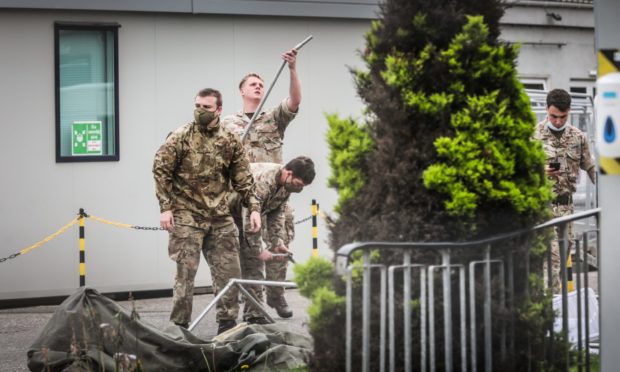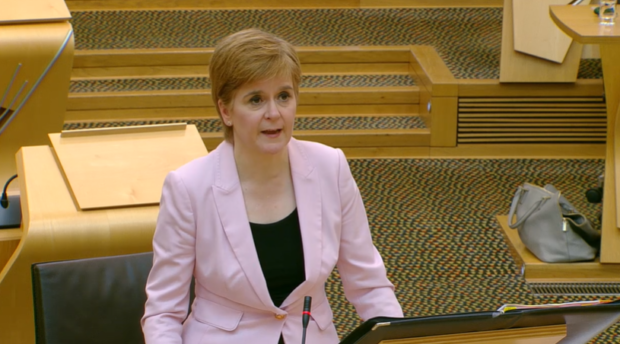Perth and Kinross has the highest risk of local coronavirus transmission anywhere in Scotland and may require “greater vigilance” from health officials, according to a new method of tracking the outbreak.
The region has been dealing with a “significant” cluster of cases linked to the 2 Sisters food processing plant in Coupar Angus, which grew overnight on Thursday to include 37 employees and six members of the local community.
Perth and Kinross has now surged past other areas dealing with local outbreaks, including Aberdeen, which became the site of Scotland’s first local lockdown two weeks ago following a cluster linked to pubs and bars in the city.
A new Scottish Government report considers whether the current number of Covid-19 infections exceeds what health officials would expect at this stage of the epidemic, based on a new modelling system from Warwick University.
It found six local authority areas – Perth and Kinross, Dundee, North Lanarkshire, Angus, Glasgow and Aberdeen – had exceeded expected levels but figures are beginning to trend towards normal.
The new method is designed to be more useful than the R number – the average number of people infected by each person – because this figure can be volatile when the overall number of deaths is low.
The report states: “While metrics such as the reproductive rate – R number – have been useful in guiding our response to coronavirus so far, the models we use rely on numbers of deaths to track the epidemic.
“These have fallen to low levels, which means we need to find new ways to monitor trends in the epidemic.
“One of the ways we can do this is to calculate whether the number of confirmed infections (based on testing) in each area exceeds the number that was expected, given the number recorded across the country – this is called ‘exceedance’.”
Areas with an exceedance level above six are deemed to be at a higher risk of local transmission and may require “greater vigilance”, according to the report.
In the week leading up to August 17, the only areas above this limit were Perth and Kinross, at 12.7, and Dundee, where a number of workers at the 2 Sisters chicken factory live, at 7.7.
Aberdeen came in at 3.6, Angus at 4.3, and levels in Aberdeenshire are beginning to fall back towards background levels.
The report states in most cases the figures are “a reflection of a small number of cases”; however, the ongoing nature of the outbreak in Perth and Kinross “may be a cause for concern”.
Scotland registered 77 new laboratory-confirmed cases of Covid-19 overnight on Thursday, the highest number in almost three months, and Ms Sturgeon confirmed 27 of these had been recorded in the NHS Tayside health board area.
There were also 12 new cases in NHS Grampian, bringing the total identified in the health board area to 407 since July 26 – 237 of them associated with the cluster linked to Aberdeen pubs.
The first minister warned the number of cases linked to the Coupar Angus outbreak will “almost certainly grow” in the coming days.
The Scottish Government’s latest modelling appears to show the R number has increased, with most recent estimates suggesting it could now be above one.
The R number being below one was previously seen as a critical factor for easing lockdown restrictions because scientists believe any higher number could indicate the virus is spreading exponentially.


